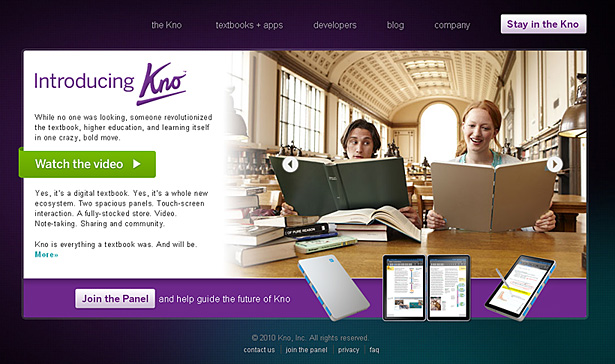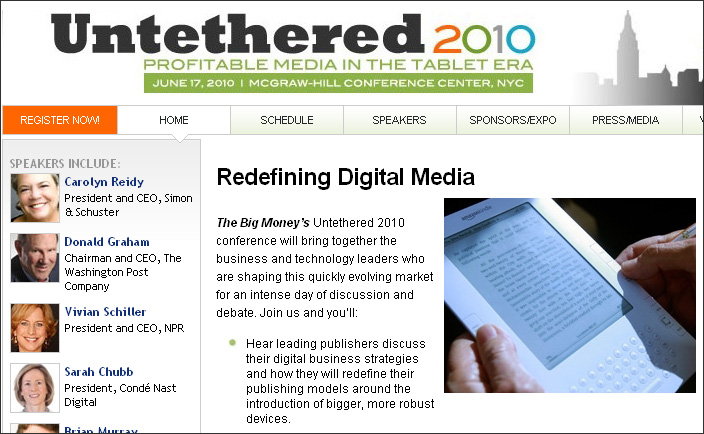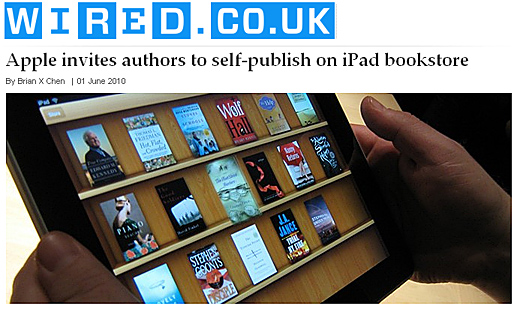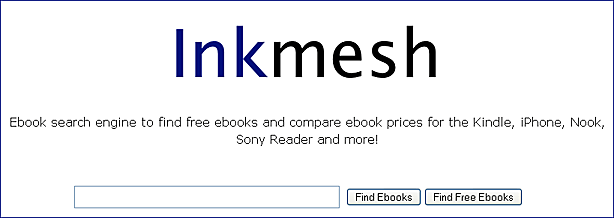Reflections on The E-Book Sector — from InsideHigherEd.com
First of all, some excerpts (with emphasis from DSC):
E-textbooks might be the most-talked about and least-used learning tools in traditional higher education. Campus libraries and e-reader manufacturers are betting on electronic learning materials to overtake traditional textbooks in the foreseeable future, but very few students at traditional institutions are currently using e-textbooks, according to recent surveys.
Not so in the world of for-profit online education.
For-profit institutions in general are moving toward wider e-textbook use than other sectors of higher education, Stielow says. “I think a great many [for-profits] are certainly trying to move toward this model,” agrees Bickford. And the ones that have appear to be succeeding.
Why is that?
John Bourne, executive director of the Sloan Consortium, which studies online learning, posits that it might be a function of the more centralized administrative structures at for-profit institutions. “For-profits do things like provide lesson plans for instructors, provide you with what you’re supposed to do; they hire all these adjuncts to deliver all these things that have been sculpted by instructional designers,” says Bourne. Being able to dictate to the faculty what text format they should assign to their students probably makes it easier to implement e-textbook adoption across the institution, he says.
It is more difficult to engineer change at such scale at nonprofits, because of their more distributed governance models. At those colleges, faculty control of curricular texts — including mode of delivery — is “sacred,” Bourne says.
Manny Rivera, a spokesman for Phoenix, says that the online giant’s centralized administration does indeed allow it to make sweeping changes without many hang-ups. “The university is set up to be more nimble to confront market forces,” Rivera says. “So we’re able to innovate more quickly.”
From DSC:
To be more nimble…to confront market forces…to be able to innovate more quickly…to use materials created by teams of specialists…hmmm….sounds like a solid position to be in as the bubble continues to expand (and may even be beginning to slowly burst based upon where students are going — more community colleges, more state/public schools, lower-cost alternatives, etc.)


















